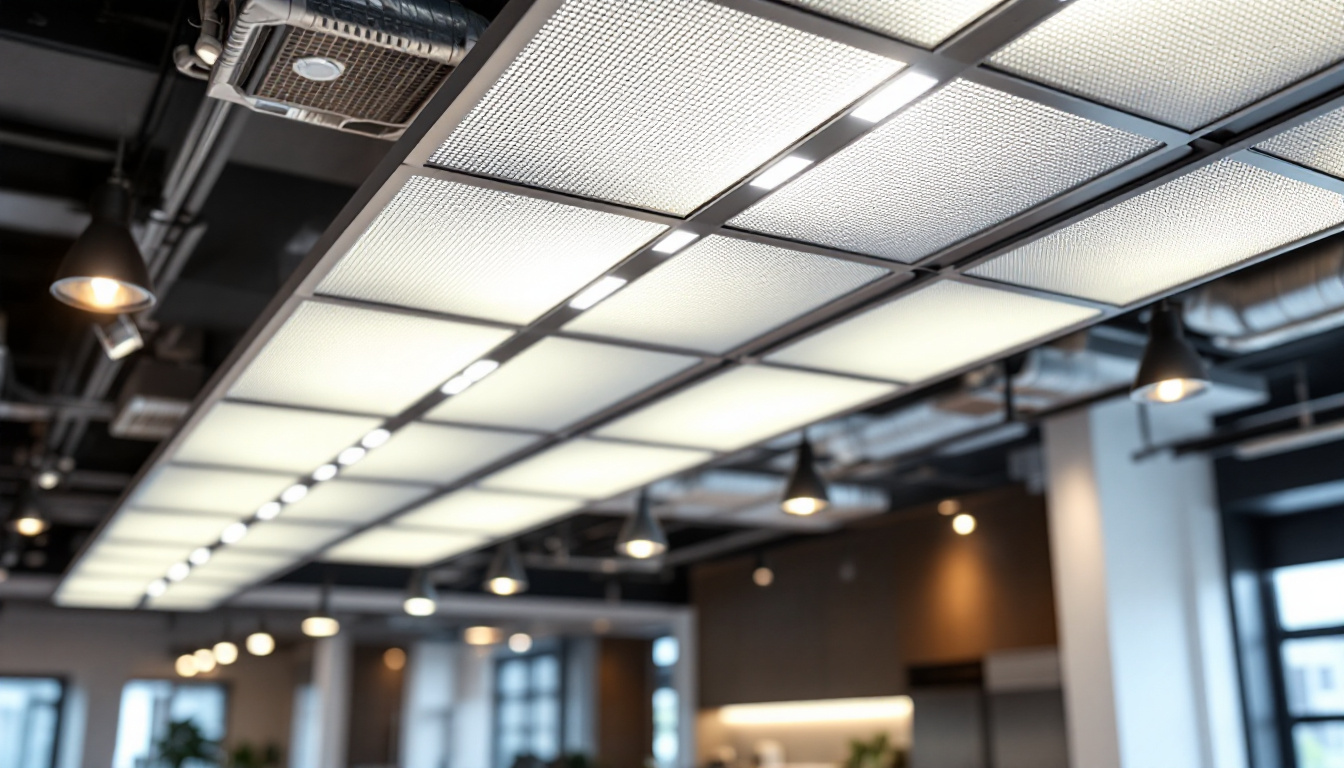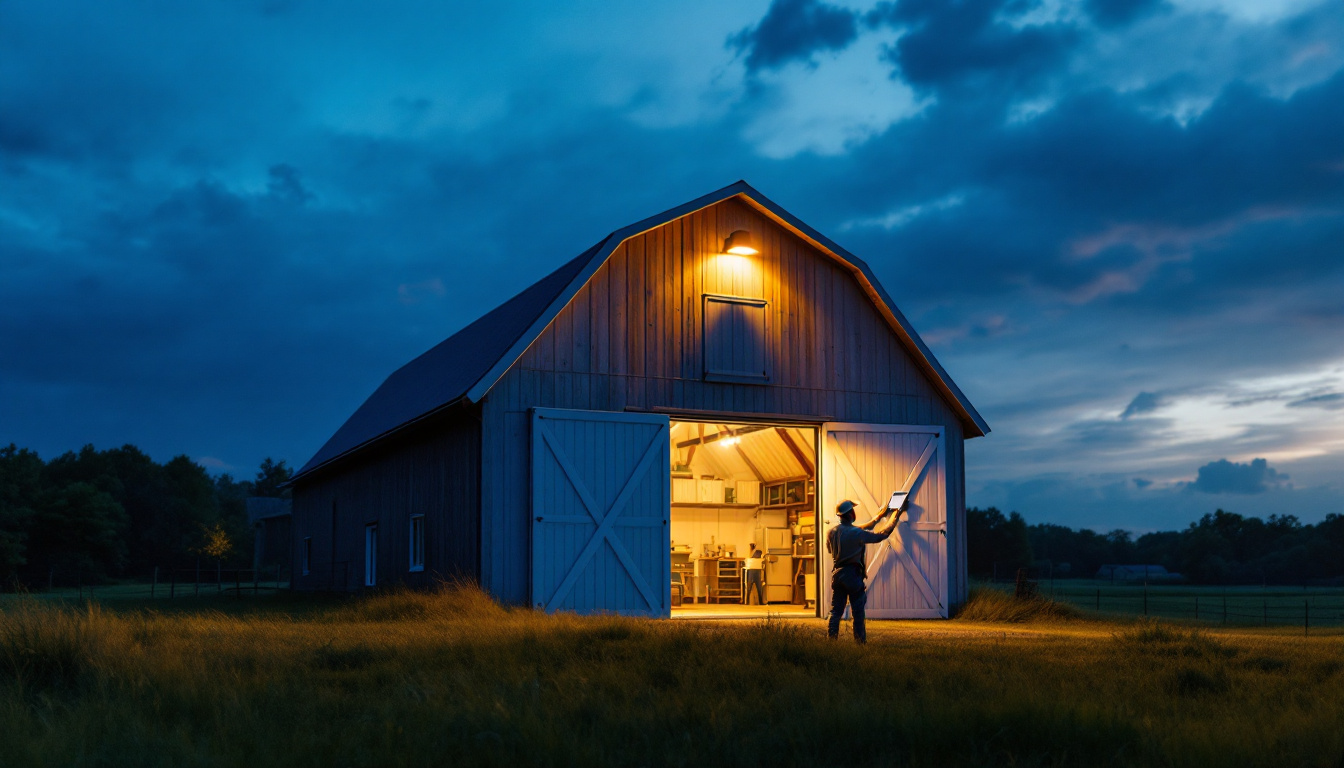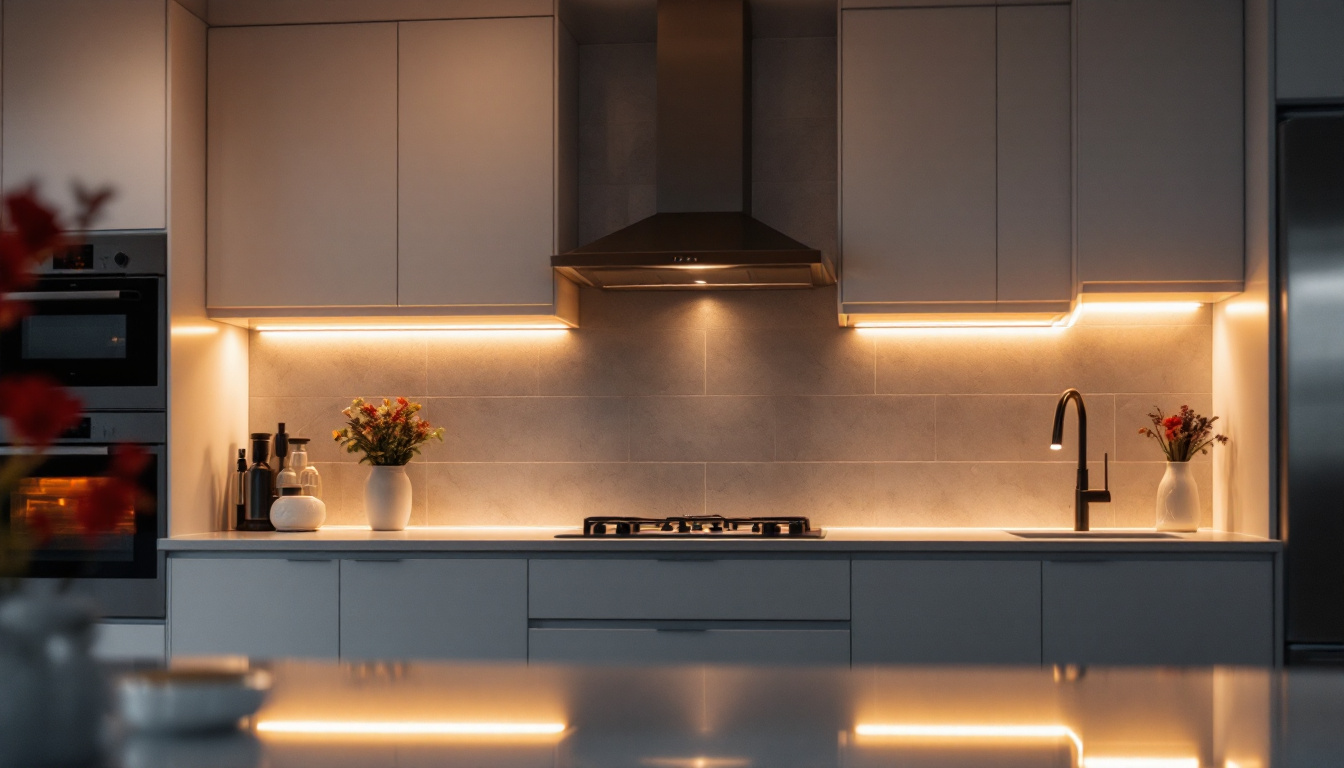
In the ever-evolving landscape of industrial lighting, the importance of effective lighting control systems cannot be overstated. For lighting contractors, understanding the intricacies of these systems is essential for delivering optimal solutions to clients. This guide aims to provide an in-depth exploration of industrial lighting control, focusing on its benefits, technologies, and best practices.
Industrial lighting control refers to the systems and technologies that manage lighting in industrial environments. These systems are designed to enhance efficiency, safety, and productivity while reducing energy consumption. With the rise of smart technology, the scope of lighting control has expanded significantly, offering contractors innovative solutions to meet their clients’ needs.
Effective lighting control can drastically improve the working environment in industrial settings. Properly designed systems can help reduce glare, enhance visibility, and create a safer workspace. Moreover, they can contribute to energy savings, which is a critical consideration for many businesses today.
In addition to energy efficiency, lighting control systems can also provide flexibility. With the ability to adjust lighting levels based on activity or time of day, contractors can offer solutions that cater to the specific needs of different areas within an industrial facility. For instance, areas requiring high precision, such as assembly lines or quality control zones, can benefit from brighter, more focused lighting, while storage areas may require less intense illumination. This adaptability not only improves the working conditions but also aligns with the operational workflows of various tasks.
Lighting control systems typically consist of several key components, including sensors, controllers, and fixtures. Sensors can detect occupancy, ambient light levels, and even temperature, allowing for automated adjustments to lighting. Controllers manage these sensors and execute commands based on pre-set parameters, while fixtures are the physical lights that illuminate the space.
Understanding how these components interact is crucial for contractors. A well-integrated system can provide seamless operation, ensuring that lighting is both effective and energy-efficient. Additionally, advanced systems may incorporate networked controls that allow for remote monitoring and management, enabling facility managers to optimize lighting conditions from a centralized location. This capability not only streamlines maintenance but also provides valuable data analytics, helping businesses make informed decisions about their energy usage and operational efficiency.
Furthermore, the integration of IoT (Internet of Things) technology into lighting control systems opens up new avenues for smart industrial environments. By connecting lighting systems to a broader network of devices, businesses can create a more responsive and intelligent infrastructure. For example, lighting can be automatically adjusted in response to changes in machinery operation or employee presence, thereby enhancing both safety and productivity. This interconnected approach not only fosters a more dynamic work environment but also supports sustainability initiatives by minimizing unnecessary energy waste.
There are various technologies available for industrial lighting control, each with its unique advantages and applications. Familiarity with these technologies will empower contractors to make informed decisions when designing lighting systems for clients.
Manual control systems are the most basic form of lighting control. They involve switches and dimmers that allow users to adjust lighting levels manually. While simple, these systems can be limiting in terms of energy efficiency and adaptability.
However, manual systems may still be suitable for smaller operations or areas with minimal lighting needs. Contractors should assess the specific requirements of a project to determine if manual controls are appropriate.
Automatic control systems utilize sensors to adjust lighting based on real-time conditions. These systems can significantly enhance energy efficiency by ensuring lights are only on when needed. For instance, occupancy sensors can turn lights off in unoccupied areas, while daylight sensors can dim or brighten lights based on natural light availability.
Implementing automatic control systems can lead to substantial energy savings, making them an attractive option for many industrial clients. Contractors should consider the specific types of sensors available, as well as their compatibility with existing lighting fixtures.
Smart lighting systems represent the cutting edge of industrial lighting control. These systems often integrate with building management systems (BMS) and can be controlled remotely via smartphones or tablets. Features such as scheduling, remote monitoring, and advanced analytics make smart lighting systems highly versatile and efficient.
For contractors, understanding the capabilities of smart lighting systems is essential. They not only offer enhanced control but also provide valuable data that can inform future upgrades and maintenance strategies.
The implementation of effective lighting control systems in industrial settings comes with numerous benefits. Contractors should be well-versed in these advantages to effectively communicate them to clients.
One of the most significant benefits of lighting control is energy efficiency. By utilizing sensors and automated systems, businesses can reduce their energy consumption, leading to lower utility bills and a smaller carbon footprint. This is particularly important in industries where lighting can account for a substantial portion of energy costs.
Contractors can help clients understand the potential savings associated with various lighting control options, making a compelling case for investment in these systems.
Proper lighting is crucial for maintaining safety in industrial environments. Effective lighting control can ensure that work areas are adequately illuminated, reducing the risk of accidents and injuries. Furthermore, well-lit environments can enhance productivity, as employees are able to perform tasks more efficiently when visibility is optimal.
By emphasizing the safety and productivity benefits of lighting control, contractors can position themselves as valuable partners in creating safer and more efficient workplaces.
Lighting control systems can be tailored to meet the specific needs of different areas within an industrial facility. This customization allows for varied lighting levels depending on the task at hand, ensuring that each space is adequately illuminated without wasting energy.
Contractors should highlight the flexibility offered by modern lighting control systems, demonstrating how they can adapt to changing operational requirements or layouts within a facility.
When it comes to implementing lighting control systems, following best practices can lead to more successful outcomes. Contractors should consider the following guidelines to ensure effective installations.
Before implementing any lighting control system, conducting a thorough lighting audit is essential. This process involves assessing the current lighting conditions, identifying areas for improvement, and determining the specific needs of the facility.
A comprehensive audit allows contractors to make informed recommendations and design systems that are tailored to the unique requirements of each client. This step is crucial for ensuring that the chosen lighting control system will deliver the desired outcomes.
With various lighting control technologies available, selecting the right one for a specific project is critical. Contractors should consider factors such as the size of the facility, the types of tasks performed, and the client’s budget when making their recommendations.
Additionally, staying informed about the latest advancements in lighting technology can help contractors provide clients with the most effective solutions. This knowledge can set contractors apart in a competitive market.
Once a lighting control system has been installed, providing training and ongoing support to clients is vital. Ensuring that staff members understand how to operate the system and make adjustments as needed can lead to better outcomes and higher satisfaction.
Contractors should also be available for troubleshooting and maintenance, reinforcing their role as trusted partners in the ongoing management of lighting systems.
The field of industrial lighting control is continually evolving, driven by advancements in technology and changing industry needs. Staying abreast of these trends is essential for contractors looking to remain competitive.
The Internet of Things (IoT) is transforming the way lighting systems are designed and operated. As more devices become interconnected, lighting control systems can integrate with other building systems, such as HVAC and security. This integration allows for enhanced efficiency and more comprehensive building management.
Contractors should explore how IoT can be leveraged in their lighting control designs, as this trend is likely to become increasingly important in the coming years.
As businesses become more focused on sustainability, the demand for energy-efficient lighting solutions will continue to grow. Contractors should be prepared to offer solutions that not only meet regulatory requirements but also align with clients’ sustainability goals.
By emphasizing energy-efficient technologies and practices, contractors can position themselves as leaders in the push for greener industrial operations.
Smart lighting technology is advancing rapidly, with new features and capabilities being introduced regularly. From improved sensors to enhanced user interfaces, contractors should keep an eye on these developments to ensure they are providing clients with the best possible solutions.
Understanding the latest smart technologies will enable contractors to recommend systems that offer greater control, efficiency, and adaptability, ultimately leading to higher client satisfaction.
Industrial lighting control is a critical aspect of modern industrial operations. For lighting contractors, understanding the various technologies, benefits, and best practices associated with lighting control systems is essential for delivering effective solutions to clients.
By staying informed about industry trends and advancements, contractors can position themselves as knowledgeable partners in the quest for efficient, safe, and sustainable lighting solutions. With the right approach, lighting control can become a key differentiator in the competitive landscape of industrial contracting.
Ready to elevate your industrial lighting control solutions? LumenWholesale is here to support you every step of the way. With our extensive selection of top-quality, spec-grade lighting products, you can confidently deliver the efficiency, safety, and sustainability your clients demand. Our unbeatable wholesale prices, coupled with the convenience of free shipping on bulk orders, ensure you get the best value without any hidden fees. Don’t let inflated markups dim your project’s potential. Choose LumenWholesale for the perfect blend of quality, affordability, and convenience. Explore our wholesale lighting options now and brighten your competitive edge.

Discover how lighting contractors can enhance their efficiency and profitability with innovative strategies and technologies.

Discover how integrating LED lights into drop ceilings can give lighting contractors a competitive edge.

Discover how solar barn lamps are transforming the lighting industry with real-world success stories from contractors.

Discover the secrets to perfect kitchen illumination with expert tips on undermount lighting for cabinets.